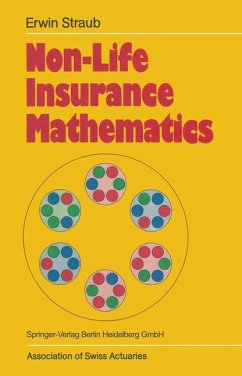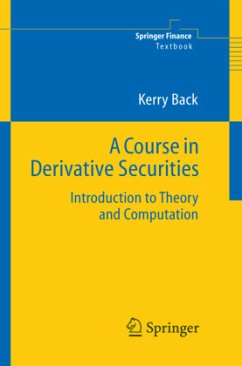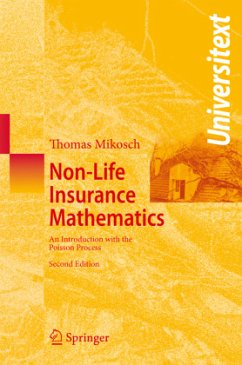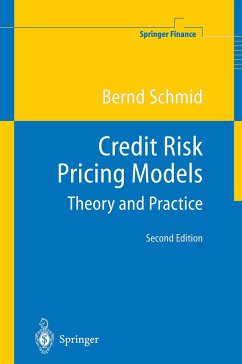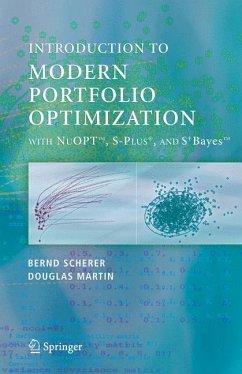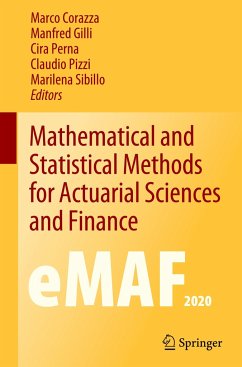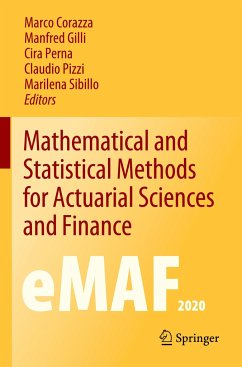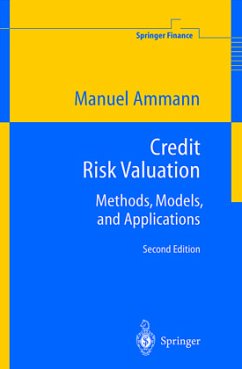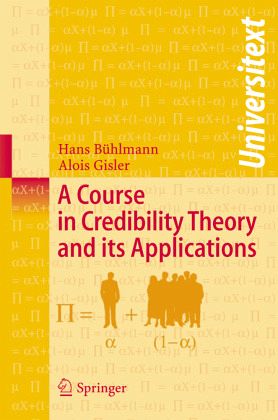
A Course in Credibility Theory and its Applications

PAYBACK Punkte
27 °P sammeln!
The topic of credibility theory has been for many years - and still is - one of our major interests. This interest has led us not only to many publications, but also has been the motivation for teaching many courses on this topic over more than 20 years. These courses have undergone considerable changes over time. What we present here, "A Course in Credibility Theory and its Applications", is the ?nal product of this evolution. Credibility theory can be seen as the basic paradigm underlying the pricing of insurance products. It resides on the two fundamental concepts "individual risk" and "col...
The topic of credibility theory has been for many years - and still is - one of our major interests. This interest has led us not only to many publications, but also has been the motivation for teaching many courses on this topic over more than 20 years. These courses have undergone considerable changes over time. What we present here, "A Course in Credibility Theory and its Applications", is the ?nal product of this evolution. Credibility theory can be seen as the basic paradigm underlying the pricing of insurance products. It resides on the two fundamental concepts "individual risk" and "collective" and solves in a rigorous way the problem of how to analyse the information obtained from these sources to arrive at the "insurance premium". The expression "credibility" was originally coined for the weight given to the experience from the "individual risk". Credibility theory as a mathematical discipline borrows its methods from 2 many ?elds of mathematics, e. g. Bayesian statistics, L Hilbert space te- niques, least squares, and state space modelling to mention only the most important ones. However, credibility theory remains a lifeless topic if it is not linked closely with its applications. Only through these applications has cr- ibility won its status in insurance thinking. The present book aims to convey this dual aspect of credibility and to transmit the ?avour of the insurance applications also to those readers who are not directly involved in insurance activities.





